There are 6 types of pressure taps that can be used on pipes in conjunction with orifice plates. They are used to allow the transmitter to tap into the pipe to measure the high and low-pressure sides of the flow.
Orifice Plate Pressure Taps
These types are as follows:
- Flange taps
- Vena-contractive taps
- Radius taps
- Pipe taps/Full-flow taps
- Corner taps
- Elbow taps
Flange taps
Flange taps and radius taps are the most commonly used. Flange taps are located 1 inch upstream and 1 inch downstream of orifice plates for pipe sizes greater than 2″, and cannot be used for pipes smaller than 1.5″ diameter, but not recommended below 2″.
Vena-contractive taps
Vena-contractive taps are located 1 pipe upstream and the downstream tap is located at the point of minimum pressure to ensure a maximum differential pressure. These taps are for small pipe diameters and they are similar to flange taps.
Radius taps
Radius taps are more standardized taps that keep one radius of a pipe up to one diameter of pipe upstream, but the downstream tap is located 1/2 of a pipe diameter downstream. Both vena-contractive and radius taps are recommended for pipes 6″ or larger.
Pipe taps
Pipe taps are located with the high pressure tap located 2.5 pipe diameters upstream and 8 pipe diameters downstream. The exact location is not critical, and the measurement error is large because the taps are not close to the flange that contains the orifice plate.
Corner taps
Corner taps are similar to flange taps, except the pressure tap is located inside the edge of the orifice plate on either side. These are common taps in Europe on all pipe diameters and in North America on pipe sizes below 2″.
Elbow taps
Elbow taps do not use an orifice plate. They rely on differential pressure when fluid flows around an elbow. These taps are highly inaccurate but are cheap to purchase and easy to install.
Types of Orifice Plates
There are 4 types of Orifice Plates that we will discuss:
- Concentric Orifice Plate (Hole is in the center)
- Eccentric Orifice Plate (Hole is off-center)
- Segmental Orifice Plate
- Others – such as Conical Quadrant, and Edged Entrance types.
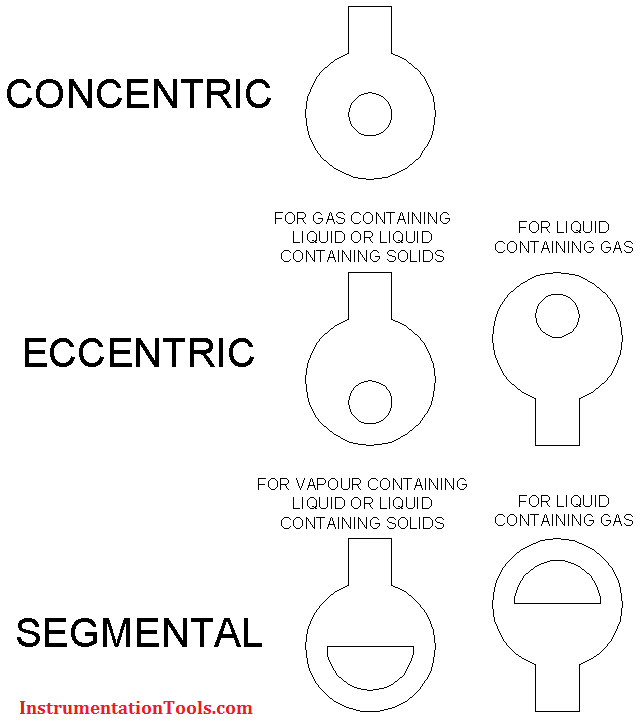
Concentric is by far the most common, It’s used on most processes, but not recommended for use on slurries or highly corrosive processes.
Eccentric are used for liquids that contain gases or solids.
Conical orifice plates are installed backward so that the flow enters the beveled side, whereas normally the flow enters the non-beveled side.
Integral orifice plates are another type of orifice plate used for low flow rates. They are basically small tubes that you can mount directly to the differential pressure transmitter. An option to purchase some transmitters and there is an orifice inside the tube that connects the high-side cavity to the low-side cavity.
Conditioning orifice plates have 4 holes.
Orifice plates are made mostly from 316 stainless steel but may be available in Mono or Hastiloid for high temperature, high pressure, or corrosive applications. A standard orifice plate has a bevel or cone shape. The small side has a sharp edge and the edge should face upstream to the flow. The stamping on the orifice plate should also face upstream.
Orifice plates should generally be installed at least 4-5 pipe diameters from a bend or elbow. You can purchase straightening veins to minimize straight-run requirements. Orifice plates are easy to install and maintain. They are used with a wide variety of pipe diameters and can be accurate. There is an enormous body of knowledge on how fluids are handled with an orifice plate in engineering books and resources.
Orifice plates have sharp edges that can be worn down by slurries and corrosive fluids, which will introduce measurement errors. The total installed cost can be high, but on average an orifice plate is about $100-$300. The flange cost and maintenance costs are much higher, along with the energy loss cost caused by restricting the flow.
If you liked this article, then please subscribe to our YouTube Channel for Instrumentation, Electrical, PLC, and SCADA video tutorials.
You can also follow us on Facebook and Twitter to receive daily updates.
Read Next:
- Facts About Orifice Flow Meters
- Differential Pressure Flow Transmitter
- Types of Flow Meters
- Pressure Level Transmitter
- Flow Nozzle Principle
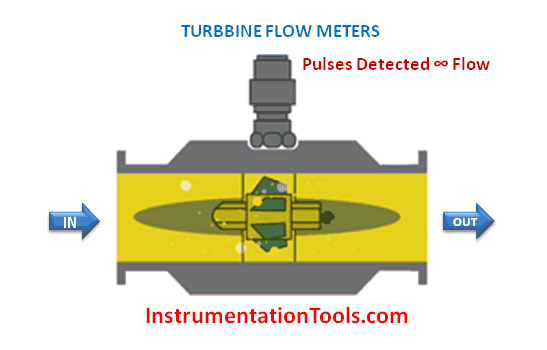
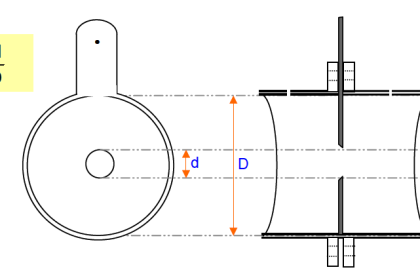
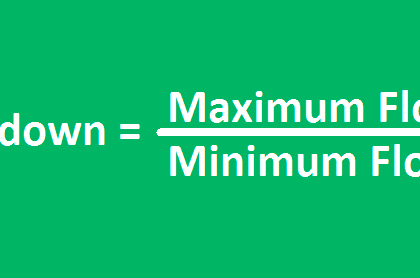

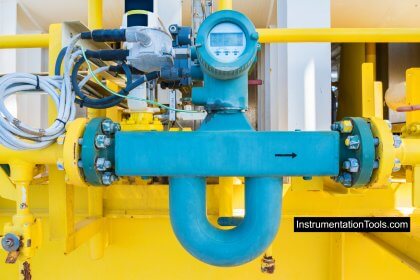
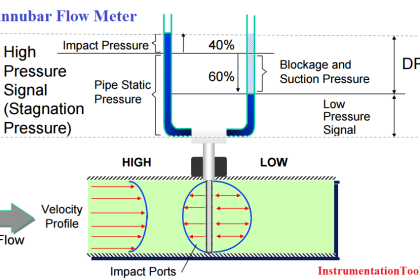
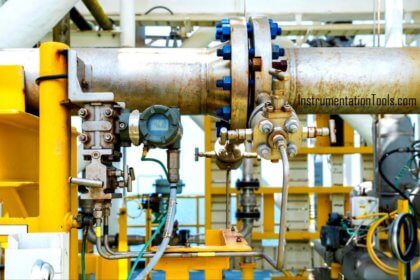
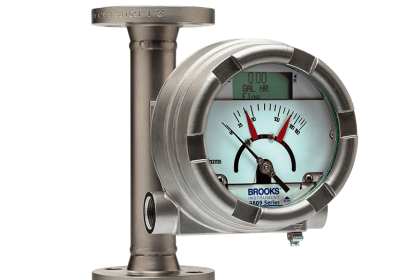
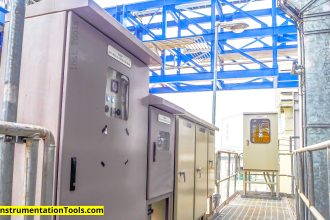

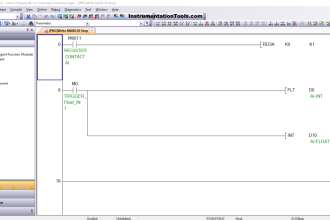



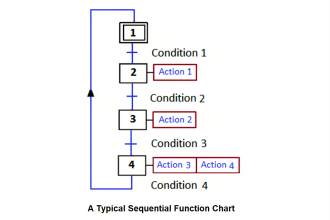


Thanks ,really useful
Usefull information. Thanks